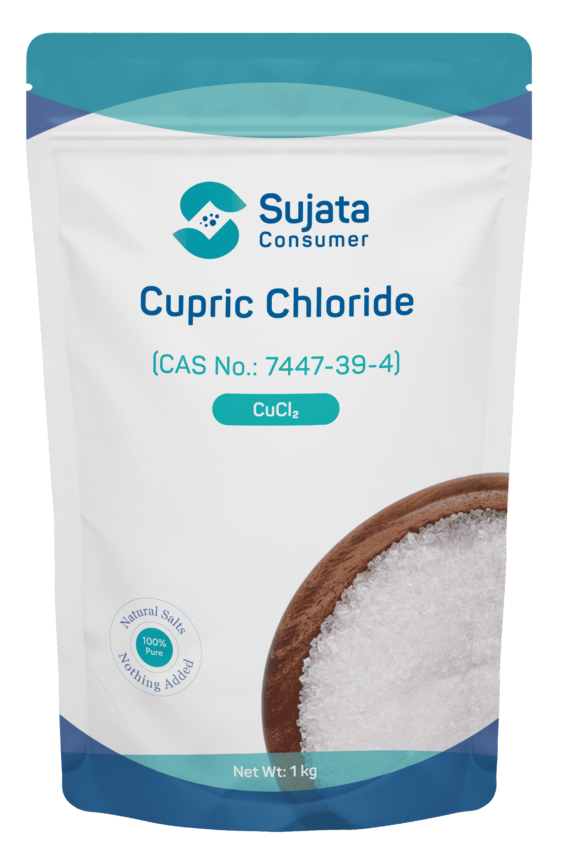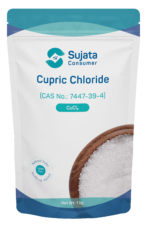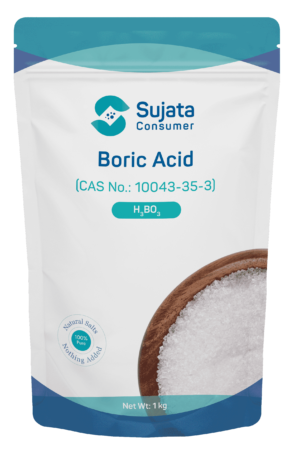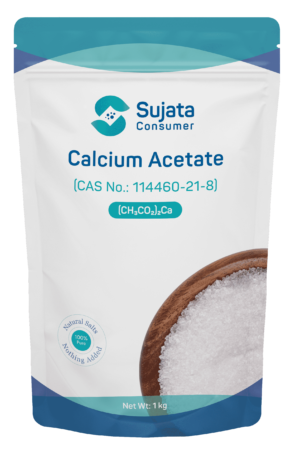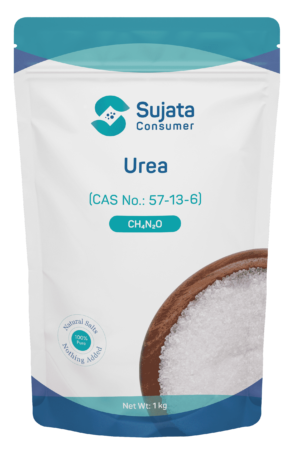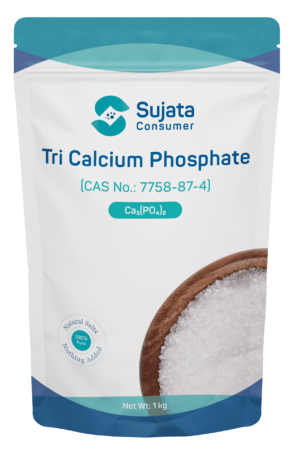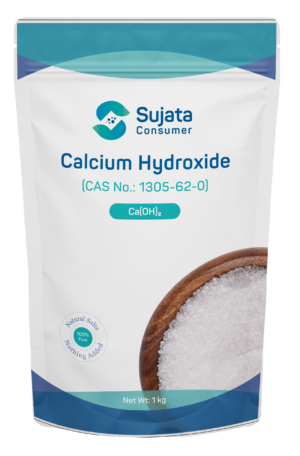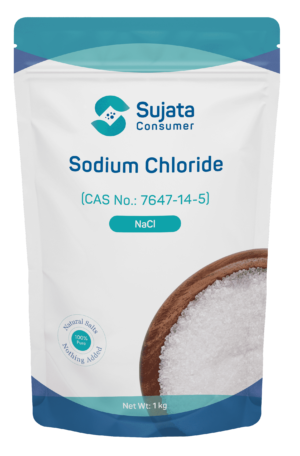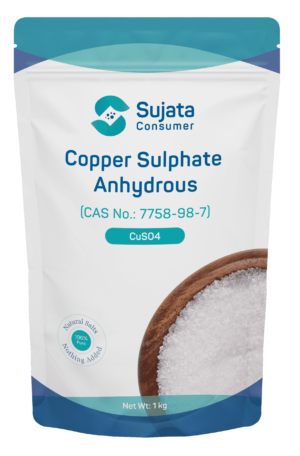Cupric Chloride
Cupric Chloride, also known as copper(II) chloride, is a chemical compound with the formula CuCl2. It exists in various forms, including anhydrous (CuCl2) and hydrated forms with different numbers of water molecules, such as dihydrate (CuCl2·2H2O) and pentahydrate (CuCl2·5H2O).
Description
Cupric Chloride, also known as copper(II) chloride, is a chemical compound with the formula CuCl2. It exists in various forms, including anhydrous (CuCl2) and hydrated forms with different numbers of water molecules, such as dihydrate (CuCl2·2H2O) and pentahydrate (CuCl2·5H2O).
| Product Name | Cupric Chloride |
| Catalogue No. | PU22000025 |
| CAS No. | 7447-39-4 |
| Molecular Formula | CuCl2 |
| Molecular Weight | 134.45 g/mol |
| Grade | PUURETA (Pure) |
| HS Code | 28273100 |
| Categories | Lab Chemicals, Water treatments |
| EC Number | 231-210-2 |
| Synonyms | Copper(II) chloride |
Cupric Chloride, also known as copper(II) chloride, is a chemical compound with the formula CuCl2. It exists in various forms, including anhydrous (CuCl2) and hydrated forms with different numbers of water molecules, such as dihydrate (CuCl2·2H2O) and pentahydrate (CuCl2·5H2O).
| Product Name | Cupric Chloride |
| Catalogue No. | PL22000025 |
| CAS No. | 7447-39-4 |
| Molecular Formula | CuCl2 |
| Molecular Weight | 134.45 g/mol |
| Grade | PLURAATA (Extra Pure) |
| HS Code | 28273100 |
| Categories | Lab Chemicals |
| EC Number | 231-210-2 |
| Synonyms | Copper(II) chloride |
|
Parameter |
Specification |
|
Appearance |
Blue, crystalline powder or transparent, blue crystals |
|
Solubility |
Freely soluble in water |
|
Assay |
99.0-100.5% |
|
LOD |
20.9%-21.4% |
|
Insoluble Matter (Max.) |
0.1000% |
|
Sulphate (Max.) |
0.005% |
|
Iron (Max.) |
0.005% |
|
Sodium (Max.) |
0.020% |
|
Potassium (Max.) |
0.010% |
Pharmaceuticals: Dextrose is used in the production of oral medications and as a diluent for certain injectable drugs.
Sports Nutrition: Dextrose is often used in sports and energy supplements to provide a quick source of energy before or after physical activity.
Chemical Industry: Dextrose can be used as a reducing agent in various chemical processes and as a carbon source for microbial fermentation to produce various chemicals and biofuels.

